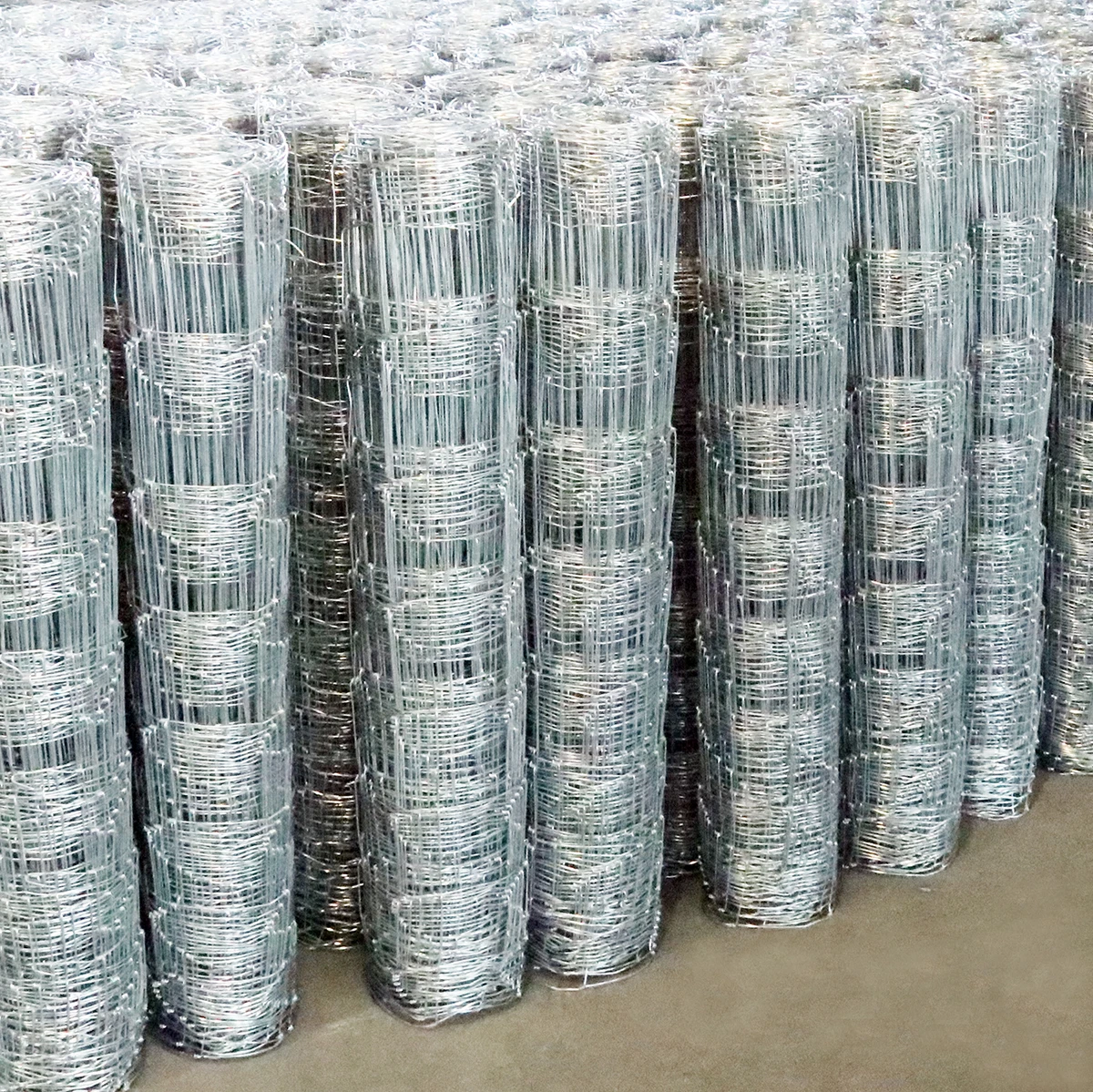Using Rubber Washers with Roofing Nails for Enhanced Weather Resistance and Longevity
Nov . 10, 2024 22:10
Roofing Nails with Rubber Washers Essential Components for a Durable Roofing System
When it comes to roofing, the choice of materials and fasteners can determine the longevity and integrity of the entire structure. Among the many components that play a critical role in roofing installations, roofing nails with rubber washers stand out due to their unique design and functionality. This article delves into the importance of these specialized fasteners, their benefits, and the best practices for their use in roofing projects.
Understanding Roofing Nails with Rubber Washers
Roofing nails are specifically designed to fasten roofing materials such as shingles, tiles, and metal sheets to the underlying structure. Traditional roofing nails come with a flat or slightly rounded head, which helps secure the roofing material in place. However, in environments where rain, wind, and other weather conditions can cause potential leaks, the addition of rubber washers becomes crucial.
Rubber washers are small disks made of flexible rubber that sit beneath the nail head. Their primary role is to create a watertight seal as the nails penetrate the roofing material and the underlying deck. This innovative feature helps prevent water infiltration, which can lead to mold and structural damage over time.
Advantages of Using Roofing Nails with Rubber Washers
1. Waterproofing Capability One of the most significant benefits of roofing nails with rubber washers is their ability to prevent leaks. When installed correctly, the rubber washer compresses against the roofing material, creating a strong seal that can withstand heavy rain and adverse weather conditions.
2. Corrosion Resistance Many roofing nails are made from galvanized steel or other corrosion-resistant materials. The addition of rubber washers enhances the durability of the fasteners by preventing moisture from seeping into the nail hole, which can lead to rust and deterioration of the nail itself.
3. Enhanced Hold The combination of the nail and washer provides a secure hold that is less likely to loosen over time, especially in areas subject to wind uplift. This is particularly important in regions prone to severe weather conditions where roofing integrity is vital.
4. Ease of Installation Roofing nails with rubber washers are designed for straightforward installation. Many come with a sharp point to easily penetrate roofing materials, making the installation process faster and more efficient.
roofing nails with rubber washers

5. Versatility These fasteners can be used with various roofing systems, including asphalt shingles, metal roofing, and even certain types of flat roofs. Their versatility makes them a popular choice among contractors and DIY enthusiasts alike.
Best Practices for Installation
While roofing nails with rubber washers are designed for durability and effectiveness, proper installation is essential to ensure they perform as intended. Here are some best practices to keep in mind
1. Choose the Right Size Select nails that are appropriate for your roofing material thickness. Too short a nail may not provide sufficient hold, while nails that are too long can penetrate too deeply and create unnecessary damage.
2. Avoid Over-tightening When driving the nails, avoid excessive force that can compress the rubber washer too much. This can lead to reduced effectiveness in sealing against water, compromising the roofing system.
3. Use the Right Tools Employing a pneumatic nail gun can expedite the installation process and ensure consistent placement and driving depth. However, for small projects, a hammer may suffice as long as care is taken to drive the nails straight.
4. Inspect Regularly After installation, conduct regular inspections of the roof, especially after severe weather events. Look for any signs of wear or damage to the rubber washers and replace any compromised fasteners promptly.
5. Follow Manufacturer Guidelines Always adhere to the manufacturer's recommendations regarding the use of roofing nails and washers. This ensures compatibility with roofing materials and promotes the longevity of the roofing system.
Conclusion
In summary, roofing nails with rubber washers are crucial components for achieving a robust and reliable roofing system. Their ability to create a effective seal against water infiltration, combined with their durability and ease of use, makes them an excellent choice for both professional installers and DIY enthusiasts. By adhering to best practices for installation and maintenance, homeowners can ensure a long-lasting roof that stands the test of time and the elements. Whether you're embarking on a new roofing project or repairing an existing one, consider incorporating roofing nails with rubber washers for enhanced protection and peace of mind.









 Unity
Unity Creation
Creation Challenge
Challenge Contribution
Contribution










